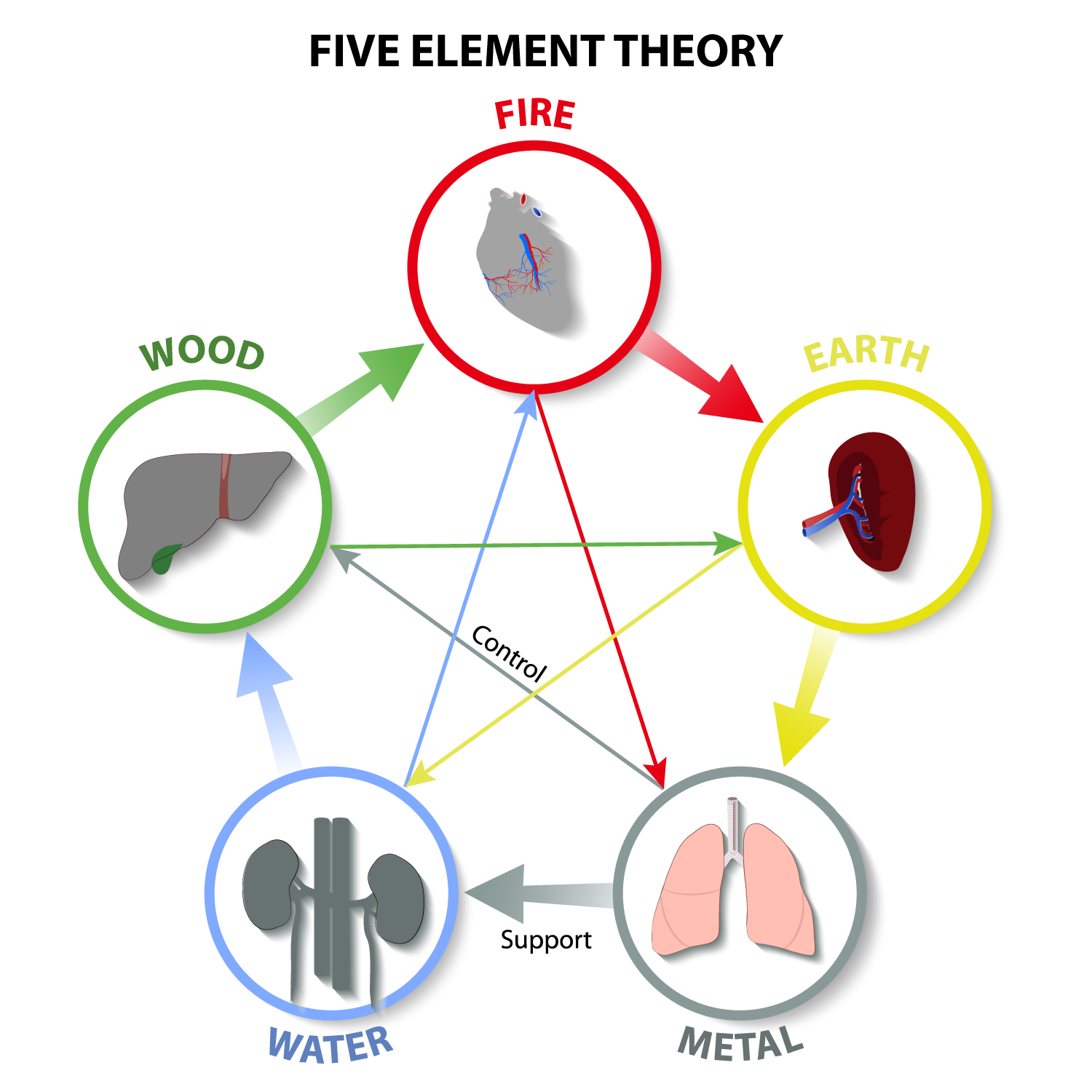What does an Acupuncturist look for when they check your pulse?
By Jacqui | April 8, 2021 | Acupuncture
In addition to assessing the heart rate at the radial pulse (the pulse felt next to the wrist), traditional pulse diagnosis also assesses up to 28 different pulse qualities. Each of these qualities gives the practitioner information about the state of the patient’s health and well-being. We’ll discuss a few of the most important qualities.

Pulse Qualities
These are some examples of the major pulse qualities. In Chinese medicine, each type of pulse quality relates to a Chinese diagnosis, as well as particular physical and mental/emotional symptoms:
RATE
A fast pulse indicates excessive “heat” in the body. This pulse is often present when there is a fever, an inflammatory condition, or increased stress on the nervous system.
A slow pulse indicates a “cold” condition or could point to a particular body system that is functioning in an inefficient or sluggish way. This pulse is often present when there are problems with blood circulation, cold hands and feet, etc.
STRENGTH
A strong pulse indicates “excess” of some kind in the body. This pulse is often present with stress, anger, high blood pressure, and headaches.
A weak pulse indicates a “deficiency” of some kind in the body. This pulse is often present with fatigue, weakness, insomnia, low blood pressure, and depression.
WIDTH
A thin or thready pulse indicates “Blood deficiency” or “Fluid deficiency.” This pulse is often fatigue, weakness, insomnia, nutrient deficiencies, and sub-optimal digestive absorption.
One of the most typical wide pulses is called a rolling or slippery pulse – this one feels something like small beads rippling underneath the fingers This pulse indicates food stagnation in the intestines, or a build-up of phlegm somewhere in the body. This pulse is often present with a variety of digestive problems and sinus/allergy congestion issues.
These and other pulse qualities help us determine what is happening in the body on a macro level. The positions of the pulse show us more specifically where these things are happening.
Recent Posts
- How Acupuncture Can Help Relieve Pain
- Cosmetic Acupuncture
- The Secret Wisdom of Acupuncture
- Compression Hosiery
- How to Relieve Back Pain with Acupuncture
- Foot Care & Massage Therapy
- Registered Massage Therapists in Markham
- Beat Injury and Keep Running Strong
- How Does Reiki Work
- Heat or COLD? Which is best for pain and injuries?
- What does an Acupuncturist look for when they check your pulse?
- Give yourself a Gua Sha Facial
- Navigating Menopause with Traditional Chinese Medicine
- IVF & Acupuncture
- Self Compassion & Inner Strength
- Acupuncture for Hair Growth